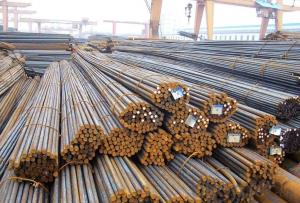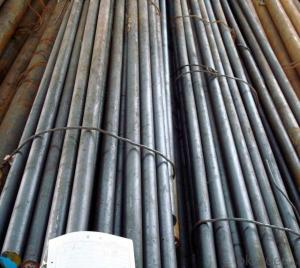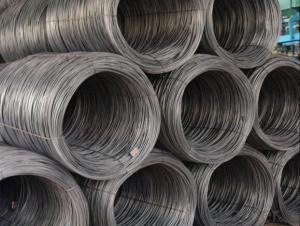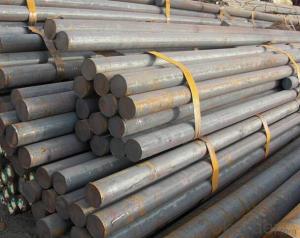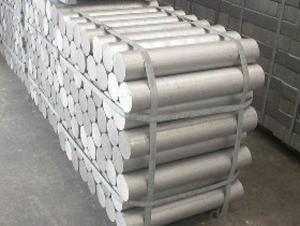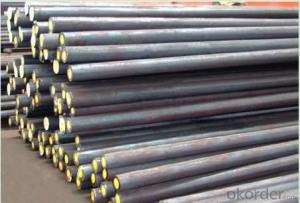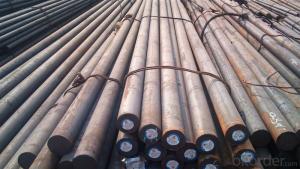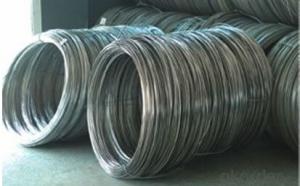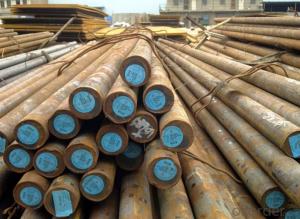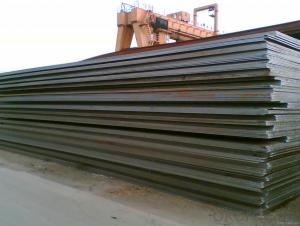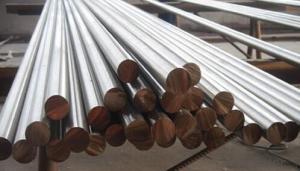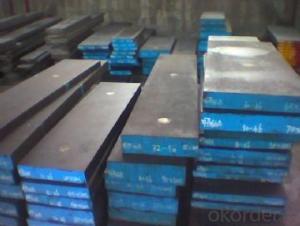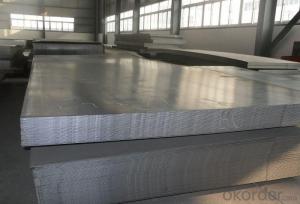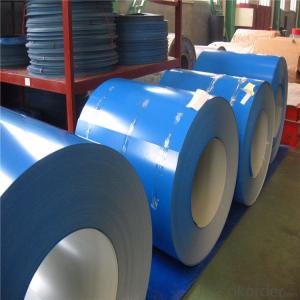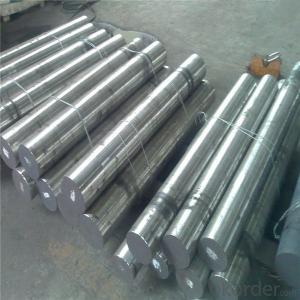All Categories
- - Steel Wire Rod
- - Steel Coils
- - Steel Profiles
- - Steel Pipes
- - Stainless Steel
- - Tinplate
- - Special Steel
- - Steel Sheets
- - Steel Rebars
- - Steel Strips
- - Hot Rolled Steel
- - Cold Rolled Steel
- - Pre-painted Steel
- - Seamless Steel Pipe
- - Welded Steel Pipe
- - Hollow Steel Tubes
- - Galvanized Pipe
- - Stainless Steel Coil
- - Stainless Steel Sheet
- - Stainless Steel Plate
- - Stainless Steel Strips
- - Electrolytic Tinplate Coil
- - Electrolytic Tinplate Sheet
- - Stainless Steel Rebars
- - Solar Panels
- - Solar Water Heater
- - Solar Related Products
- - Solar Inverter
- - Solar Cells
- - Solar Light
- - Solar Energy Systems
- - Solar Controllers
- - Solar Mounting System
- - Solar Pump
- - Solar Chargers
- - Fiberglass Chopped Strand
- - Fiberglass Mesh Cloth
- - Composite Pipes
- - FRP Pultrusion Profiles
- - Fiberglass Mat Tissue
- - Fiberglass Fabrics
- - Fiberglass Mesh
- - Composite Tank
- - Fiberglass Mesh tape
- - Polymer
- - FRP Roofing Panel
- - Fiberglass Roving
- - Monolithic Refractories
- - Ceramic Fiber Products
- - Refractory Bricks
- - Raw Materials For Refractory
- - Suspended Platform
- - Cranes
- - Concrete Machinery
- - Earthmoving Machinery
- - Building Hoist
- - Road Building Machinery
- - Plastic Pipe Fittings
- - Plastic Tubes
- - Plastic Sheets
- - Agricultural Plastic Products
- - Plastic Nets
 All Categories
All Categories
Q & A
What are the challenges in developing specialized welding techniques for special steel assemblies?
Developing specialized welding techniques for special steel assemblies can present several challenges. One of the main obstacles is the complex nature of special steels, which often have unique compositions and properties compared to conventional steels. Understanding these materials and their behavior during welding requires extensive research and expertise.
Another challenge is the need for precise control over the welding process. Special steel assemblies may require specific temperature ranges, heat input, and cooling rates to achieve optimal weld quality and avoid issues like distortion or metallurgical defects. Developing techniques that ensure accurate and consistent control over these parameters can be demanding.
Furthermore, special steel assemblies often involve intricate geometries or thin sections, which can pose challenges in terms of accessibility and heat distribution during welding. Ensuring uniform heat distribution and avoiding distortion or warping in these assemblies may require innovative welding approaches or the use of specialized tools and fixtures.
Additionally, special steels may be more susceptible to cracking or post-weld distortions due to their unique compositions and metallurgical properties. Developing techniques to minimize these issues, such as preheating, controlled cooling, or the use of specific filler materials, requires extensive testing and optimization.
Lastly, the development of specialized welding techniques for special steel assemblies can also be influenced by factors such as cost-effectiveness, productivity, and environmental considerations. Balancing the need for high-quality welds with efficient production processes and sustainable practices can present additional challenges.
Overall, the challenges in developing specialized welding techniques for special steel assemblies involve understanding the unique properties of these materials, ensuring precise control over the welding process, addressing complex geometries, minimizing post-weld issues, and considering economic and environmental factors.
What is dual-phase steel, and where is it employed?
Dual-phase steel is a type of advanced high-strength steel that combines two different microstructures, typically a softer ferrite phase and a harder martensite phase. This combination provides improved strength, ductility, and formability compared to conventional steels. Dual-phase steel finds numerous applications in the automotive industry, such as in structural components, body panels, and safety parts, due to its ability to absorb energy during collisions and enhance vehicle safety.
How is steel used in the construction of critical infrastructure, such as bridges and buildings?
Steel is widely used in the construction of critical infrastructure like bridges and buildings due to its strength, durability, and versatility. It is often used as a primary structural material, providing the necessary support and stability required for these structures. Steel beams, columns, and frames are commonly used to bear heavy loads and resist extreme forces, ensuring the safety and integrity of the infrastructure. Additionally, steel is also used in the reinforcement of concrete, enhancing the structural strength and resilience of the overall construction. Its corrosion resistance properties make it ideal for long-lasting and low-maintenance structures.
What is the concept of duplex stainless steel, and where is it used?
The concept of duplex stainless steel involves a combination of austenitic and ferritic microstructures, resulting in a material that possesses excellent mechanical and corrosion resistance properties. This type of stainless steel contains a higher content of chromium and molybdenum, making it more resistant to various forms of corrosion, such as pitting and crevice corrosion.
Duplex stainless steel is commonly used in industries where corrosion resistance and strength are crucial, such as oil and gas, chemical processing, and marine environments. It is employed in applications such as pipelines, heat exchangers, pressure vessels, and structural components. Additionally, duplex stainless steel finds utilization in the production of household appliances, automotive components, and architectural structures, where its aesthetic appeal and durability are valued.
Wholesale Special Steel from supplier in Chad
Whether you are in the construction, manufacturing, or oil and gas industry, our Special Steel products are built to withstand the toughest conditions and deliver exceptional performance. Our product range includes alloy steel, tool steel, stainless steel, and carbon steel, among others. We source our Special Steel from trusted manufacturers worldwide, ensuring the highest quality and reliability.
At our facility in Chad, we have a state-of-the-art warehouse and distribution center, allowing us to maintain a large inventory and offer prompt delivery to our customers. Our team of experts is trained to provide professional advice and assistance, helping you select the right Special Steel for your specific application.
In addition to supplying Special Steel, we also offer value-added services such as cutting, machining, and heat treatment. Our technical team can provide guidance on material selection, design optimization, and cost-saving solutions. We strive to be your trusted partner, working closely with you to achieve your project goals.
With our commitment to quality, reliability, and customer satisfaction, we have built a strong reputation in the Special Steel industry in Chad. We take pride in our ability to deliver exceptional products and services that meet the highest standards.
Contact us today to discuss your Special Steel requirements and discover how we can assist you in achieving success in your projects.
At our facility in Chad, we have a state-of-the-art warehouse and distribution center, allowing us to maintain a large inventory and offer prompt delivery to our customers. Our team of experts is trained to provide professional advice and assistance, helping you select the right Special Steel for your specific application.
In addition to supplying Special Steel, we also offer value-added services such as cutting, machining, and heat treatment. Our technical team can provide guidance on material selection, design optimization, and cost-saving solutions. We strive to be your trusted partner, working closely with you to achieve your project goals.
With our commitment to quality, reliability, and customer satisfaction, we have built a strong reputation in the Special Steel industry in Chad. We take pride in our ability to deliver exceptional products and services that meet the highest standards.
Contact us today to discuss your Special Steel requirements and discover how we can assist you in achieving success in your projects.
